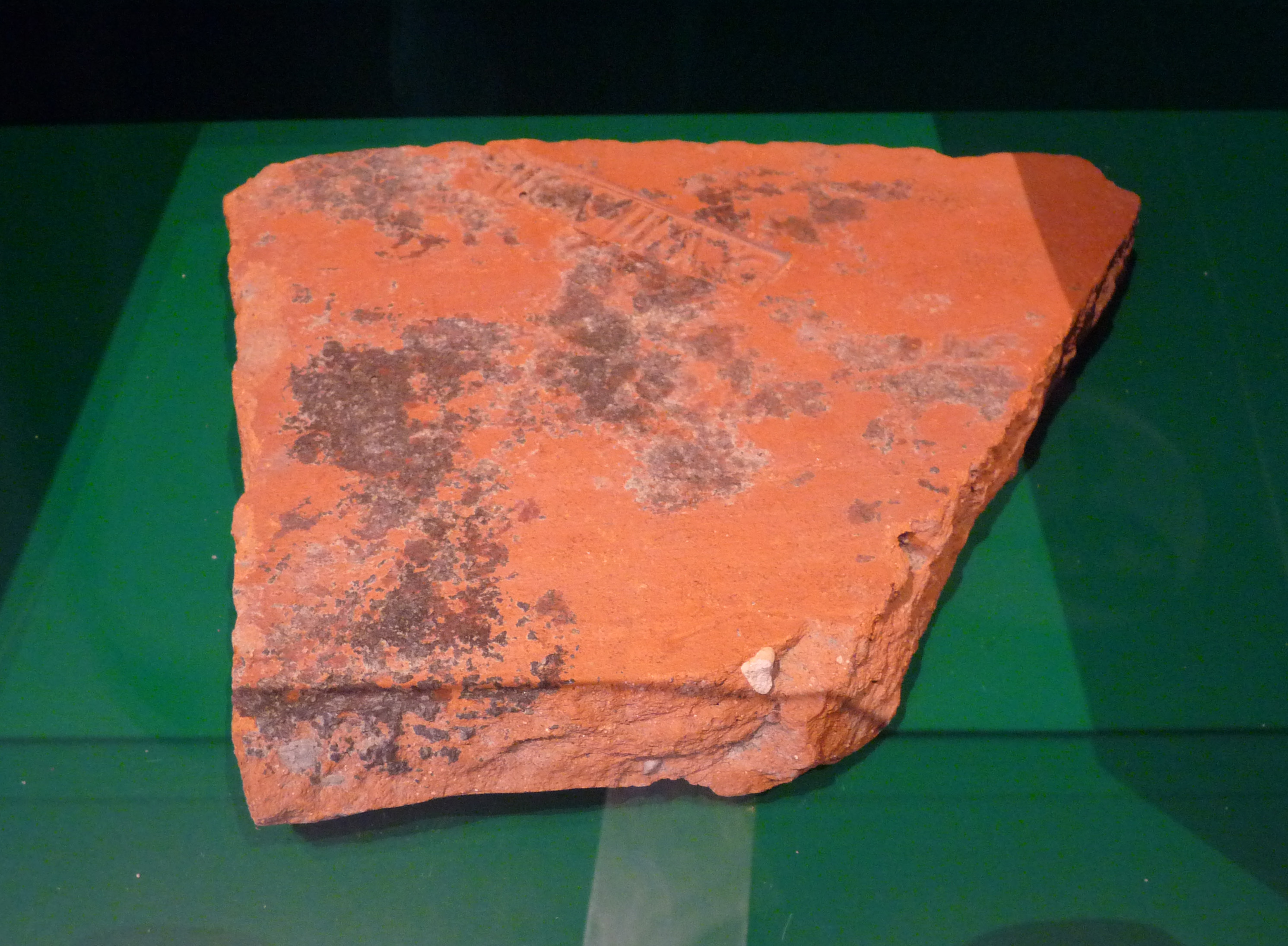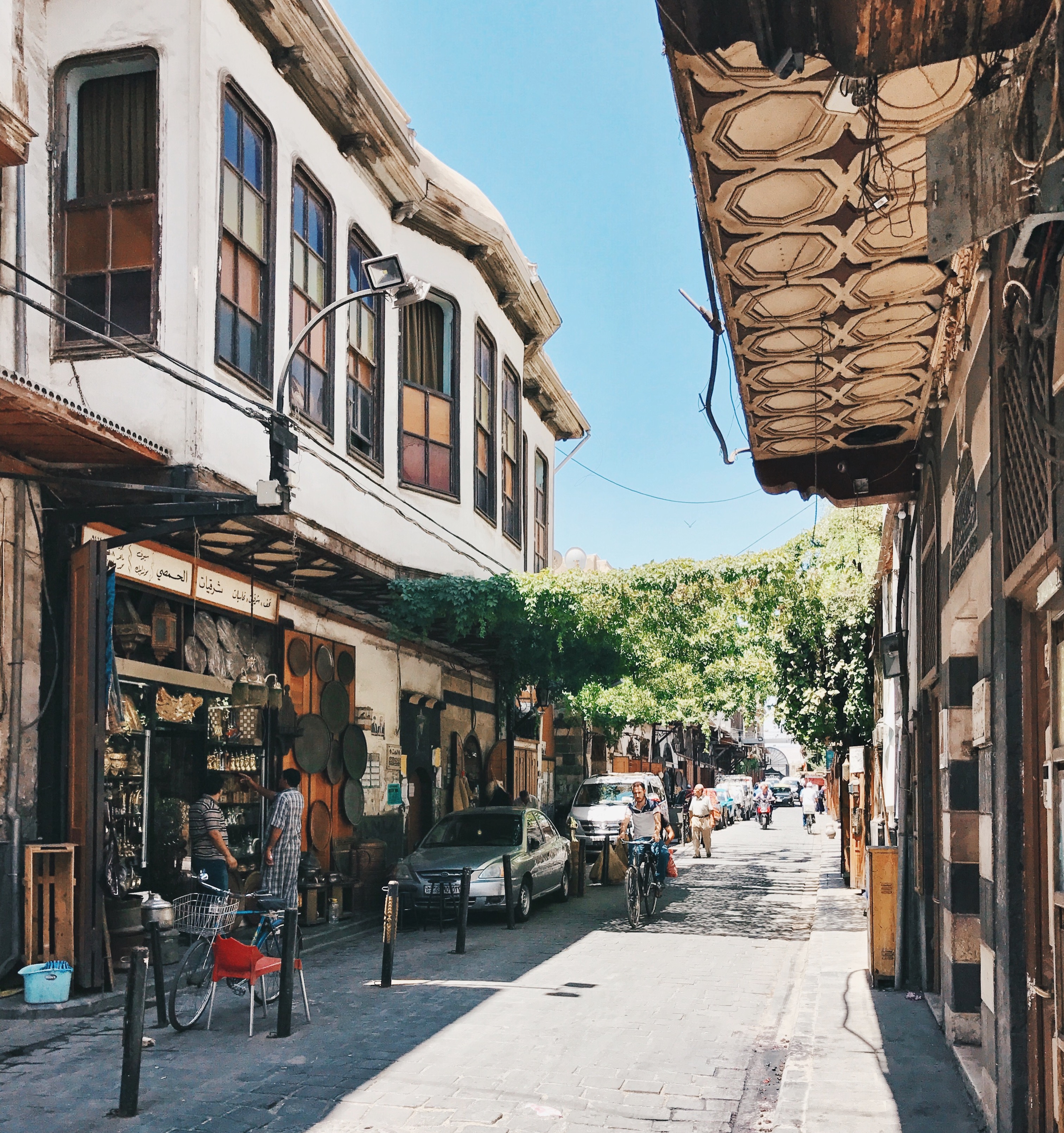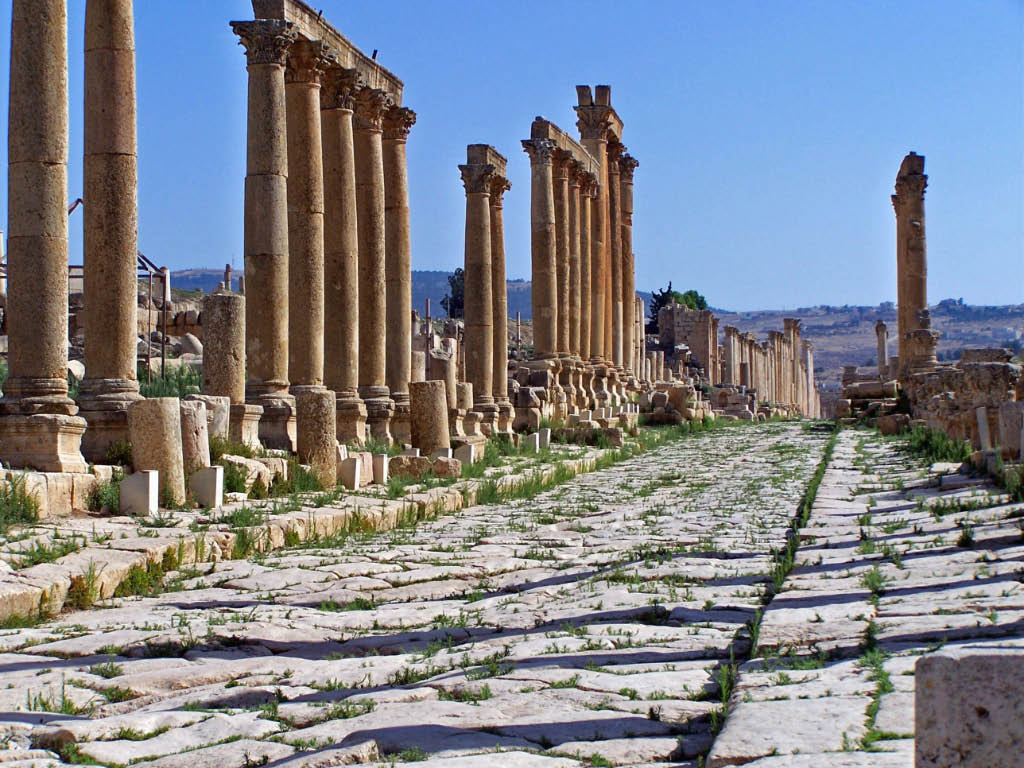|
Argentorate
Argentoratum or Argentorate was the ancient name of the city of Strasbourg. The name was first mentioned in 12 BC, when it was a Roman military outpost established by Nero Claudius Drusus. From 90 AD the Legio VIII Augusta was permanently stationed there. History The Romans under Nero Claudius Drusus established a military outpost belonging to the Germania Superior Roman province close to a Gaulish village near the banks of the Rhine, at the current location of Strasbourg, and named it Argentoratum. Its name was first mentioned in 12 BC but "Argentorate" is the toponym of the Gaulish settlement that preceded it before being latinised, though it is not known by how long. From 90 AD the Legio VIII Augusta permanently stationed in Argentoratum. The Roman camp of Argentoratum then included a cavalry section and covered an area of approximately , from approximately in Tiberian times. Other Roman legions temporarily stationed in Argentoratum were the Legio XIV Gemina and the Legio ... [...More Info...] [...Related Items...] OR: [Wikipedia] [Google] [Baidu] |
Battle Of Strasbourg
The Battle of Strasbourg, also known as the Battle of Argentoratum, was fought in 357 between the Western Roman army under the ''Caesar'' (deputy emperor) Julian and the Alamanni tribal confederation led by the joint paramount King Chnodomar. The battle took place near Strasbourg (Alsace, France), called Argentoratum in Ammianus Marcellinus' account, ''Argentorate'' in the Tabula Peutingeriana (Section 2). Although possibly outnumbered, the Roman army won a decisive victory after a hard-fought struggle with the Alamanni. With negligible casualties of their own, the Romans drove the Alamanni beyond the river, inflicting heavy losses. The Roman force, the imperial escort army of Julian, was small but of high quality. The battle was won by the skill of the Roman infantry, with the Roman cavalry initially performing poorly. The battle was the climax of Julian's campaigns in 355–57 to evict barbarian marauders from Gaul and to restore the Roman defensive line of fortifications ... [...More Info...] [...Related Items...] OR: [Wikipedia] [Google] [Baidu] |
Strasbourg
Strasbourg (, , ; german: Straßburg ; gsw, label=Bas Rhin Alsatian, Strossburi , gsw, label=Haut Rhin Alsatian, Strossburig ) is the prefecture and largest city of the Grand Est region of eastern France and the official seat of the European Parliament. Located at the border with Germany in the historic region of Alsace, it is the prefecture of the Bas-Rhin department. In 2019, the city proper had 287,228 inhabitants and both the Eurométropole de Strasbourg (Greater Strasbourg) and the Arrondissement of Strasbourg had 505,272 inhabitants. Strasbourg's metropolitan area had a population of 846,450 in 2018, making it the eighth-largest metro area in France and home to 14% of the Grand Est region's inhabitants. The transnational Eurodistrict Strasbourg-Ortenau had a population of 958,421 inhabitants. Strasbourg is one of the ''de facto'' four main capitals of the European Union (alongside Brussels, Luxembourg and Frankfurt), as it is the seat of several European insti ... [...More Info...] [...Related Items...] OR: [Wikipedia] [Google] [Baidu] |
Legio VIII Augusta
Legio VIII Augusta ("Augustus' Eighth Legion") was one of the oldest legions of the Imperial Roman army. In republican service They were ordered to Cisalpine Gaul around 58 BC by Julius Caesar and marched with him throughout the entirety of the Gallic Wars, especially during the battles of Gergovie and Alesia. During the war the legion won the title "Gallica." It also earned a reputation for courage. They stood with him at the Battle of Pharsalus. The legion was also present in Egypt, when Caesar captured Egypt for Cleopatra. In 46 BC, it took part in the Battle of Thapsus near what is now Bakalta, Tunisia shortly before their disbandment. In 44 BC, Augustus reconstituted the legion that had helped him attain the control of the Roman Empire. In 43 BC it took part in the siege of the Battle of Mutina (current Modena) by Marc Antony, defended by the troops of Decimus Brutus, which earned Legio VIII Gallica the nickname "Mutinensis". In imperial service In or before 9 AD t ... [...More Info...] [...Related Items...] OR: [Wikipedia] [Google] [Baidu] |
France
France (), officially the French Republic ( ), is a country primarily located in Western Europe. It also comprises of Overseas France, overseas regions and territories in the Americas and the Atlantic Ocean, Atlantic, Pacific Ocean, Pacific and Indian Oceans. Its Metropolitan France, metropolitan area extends from the Rhine to the Atlantic Ocean and from the Mediterranean Sea to the English Channel and the North Sea; overseas territories include French Guiana in South America, Saint Pierre and Miquelon in the North Atlantic, the French West Indies, and many islands in Oceania and the Indian Ocean. Due to its several coastal territories, France has the largest exclusive economic zone in the world. France borders Belgium, Luxembourg, Germany, Switzerland, Monaco, Italy, Andorra, and Spain in continental Europe, as well as the Kingdom of the Netherlands, Netherlands, Suriname, and Brazil in the Americas via its overseas territories in French Guiana and Saint Martin (island), ... [...More Info...] [...Related Items...] OR: [Wikipedia] [Google] [Baidu] |
Nero
Nero Claudius Caesar Augustus Germanicus ( ; born Lucius Domitius Ahenobarbus; 15 December AD 37 – 9 June AD 68), was the fifth Roman emperor and final emperor of the Julio-Claudian dynasty, reigning from AD 54 until his death in AD 68. He was adopted by the Roman emperor Claudius at the age of 13 and succeeded him on the throne. Nero was popular with the members of his Praetorian Guard and lower-class commoners in Rome and its provinces, but he was deeply resented by the Roman aristocracy. Most contemporary sources describe him as tyrannical, self-indulgent, and debauched. After being declared a public enemy by the Roman Senate, he committed suicide at age 30. Nero was born at Antium in AD 37, the son of Gnaeus Domitius Ahenobarbus and Agrippina the Younger, a great-granddaughter of the emperor Augustus. When Nero was two years old, his father died. His mother married the emperor Claudius, who eventually adopted Nero as his heir; when Cla ... [...More Info...] [...Related Items...] OR: [Wikipedia] [Google] [Baidu] |
Rue Des Hallebardes
''Ruta graveolens'', commonly known as rue, common rue or herb-of-grace, is a species of ''Ruta'' grown as an ornamental plant and herb. It is native to the Balkan Peninsula. It is grown throughout the world in gardens, especially for its bluish leaves, and sometimes for its tolerance of hot and dry soil conditions. It is also Horticulture, cultivated as a culinary herb, and to a lesser extent as an insect repellent and incense. Etymology The specific epithet ''graveolens'' refers to the strong-smelling leaves.J. D. Douglas and Merrill C. Tenney Description Rue is a woody, perennial plant, perennial shrub. Its leaves are oblong, blue green and arranged pinnate; they release a strong aroma when they are bruised. The flowers are small with 4 to 5 dull yellow petals in clusters. They bear brown seed capsules when pollinated. Uses Traditional use In the ancient Roman world, the naturalists Pedanius Dioscorides and Pliny the Elder recommended that rue be combined with the ... [...More Info...] [...Related Items...] OR: [Wikipedia] [Google] [Baidu] |
Decumanus Maximus
In Roman urban planning, a decumanus was an east–west-oriented road in a Roman city or castrum (military camp). The main decumanus of a particular city was the Decumanus Maximus, or most often simply "the Decumanus". In the rectangular street grid of the typical Roman city plan, the decumanus was crossed by the perpendicular cardo, a north–south street. In a military camp, the decumanus connected the Porta Praetoria (closest to the enemy) to the Porta Decumana (away from the enemy). In the center – called '' groma'' – of a city or castrum, the Decumanus Maximus crossed the perpendicular ''Cardo Maximus'', the primary north–south road. The Forum was normally located close to this intersection of the Decumanus Maximus and the Cardo Maximus. Etymology ''Decumanus'' or ''decimanus'' was the Latin word for 'tenth'. This name is said to come from the fact that the ''via decumana'' or ''decimana'' (the ''tenth'') separated the Tenth Cohort from the Ninth in the legionary enc ... [...More Info...] [...Related Items...] OR: [Wikipedia] [Google] [Baidu] |
Cardo
A cardo (plural ''cardines'') was a north–south street in Ancient Roman cities and military camps as an integral component of city planning. The cardo maximus, or most often the ''cardo'', was the main or central north–south-oriented street. Etymology The ''cardo maximus'' was the "hinge" or axis of the city, derived from Greek καρδίᾱ, kardia ("heart") and as such was generally lined with shops and vendors, and served as a hub of economic life. Most Roman cities also had a Decumanus Maximus, an east–west street that served as a secondary main street. Due to varying geography, in some cities the Decumanus is the main street and the Cardo is secondary, but in general the Cardo maximus served as the primary street. The Forum was normally located at, or close to, the intersection of the Decumanus and the Cardo. Examples Apamea, Syria The Cardo Maximus of Apamea, Syria ran through the centre of the city directly from North to South, linked the principal gates of t ... [...More Info...] [...Related Items...] OR: [Wikipedia] [Google] [Baidu] |
Grande Île, Strasbourg
The Grande Île (german: Große Insel) is an island that lies at the historic centre of the city of Strasbourg in France. Its name means "Large Island", and derives from the fact that it is surrounded on one side by the main channel of the Ill River and on the other side by the Canal du Faux-Rempart, a canalised arm of that river. Grande Île was named a UNESCO World Heritage Site in 1988. At the time, the International Council on Monuments and Sites noted that Grande Île is "an old quarter that exemplifies medieval cities". Strasbourg was the first city to have its entire city center be listed as a World Heritage Site. Grande Île is sometimes referred to as "ellipse insulaire" because of its shape. It measures some by at its longest and broadest. At the centre of the island lies Place Kléber, the city's central square. Further south is Strasbourg Cathedral, the world's fourth-tallest church and an ornate example of 15th-century Gothic architecture. At the western end of th ... [...More Info...] [...Related Items...] OR: [Wikipedia] [Google] [Baidu] |
Toponym
Toponymy, toponymics, or toponomastics is the study of '' toponyms'' (proper names of places, also known as place names and geographic names), including their origins, meanings, usage and types. Toponym is the general term for a proper name of any geographical feature, and full scope of the term also includes proper names of all cosmographical features. In a more specific sense, the term ''toponymy'' refers to an inventory of toponyms, while the discipline researching such names is referred to as ''toponymics'' or ''toponomastics''. Toponymy is a branch of onomastics, the study of proper names of all kinds. A person who studies toponymy is called ''toponymist''. Etymology The term toponymy come from grc, τόπος / , 'place', and / , 'name'. The ''Oxford English Dictionary'' records ''toponymy'' (meaning "place name") first appearing in English in 1876. Since then, ''toponym'' has come to replace the term ''place-name'' in professional discourse among geographers. Topon ... [...More Info...] [...Related Items...] OR: [Wikipedia] [Google] [Baidu] |
Switzerland
). Swiss law does not designate a ''capital'' as such, but the federal parliament and government are installed in Bern, while other federal institutions, such as the federal courts, are in other cities (Bellinzona, Lausanne, Luzern, Neuchâtel, St. Gallen a.o.). , coordinates = , largest_city = Zürich , official_languages = , englishmotto = "One for all, all for one" , religion_year = 2020 , religion_ref = , religion = , demonym = , german: Schweizer/Schweizerin, french: Suisse/Suissesse, it, svizzero/svizzera or , rm, Svizzer/Svizra , government_type = Federalism, Federal assembly-independent Directorial system, directorial republic with elements of a direct democracy , leader_title1 = Federal Council (Switzerland), Federal Council , leader_name1 = , leader_title2 = , leader_name2 = Walter Thurnherr , legislature = Fe ... [...More Info...] [...Related Items...] OR: [Wikipedia] [Google] [Baidu] |
Archbishopric Of Strasbourg
The Prince-Bishopric of Strasburg (german: Fürstbistum Straßburg; gsw-FR, Fìrschtbischofsìtz Strossburi(g)) was an ecclesiastical principality of the Holy Roman Empire from the 13th century until 1803. During the late 17th century, most of its territory was annexed by France; this consisted of the areas on the left bank of the Rhine, around the towns of Saverne, Molsheim, Benfeld, Dachstein, Dambach, Dossenheim-Kochersberg, Erstein, Kästenbolz, Rhinau, and the ''Mundat'' (consisting of Rouffach, Soultz, and Eguisheim). The annexations were recognized by the Holy Roman Empire in the Treaty of Ryswick of 1697. Only the part of the state that was to the east of the Rhine remained; it consisted of areas around the towns of Oberkirch, Ettenheim, and Oppenau. This territory was secularized to Baden in 1803. See also * Archbishop of Strasbourg * Roman Catholic Archdiocese of Strasbourg * Palais Rohan, Strasbourg * Episcopal Palace (Strasbourg) * Strasbourg Bishops' War Note ... [...More Info...] [...Related Items...] OR: [Wikipedia] [Google] [Baidu] |







